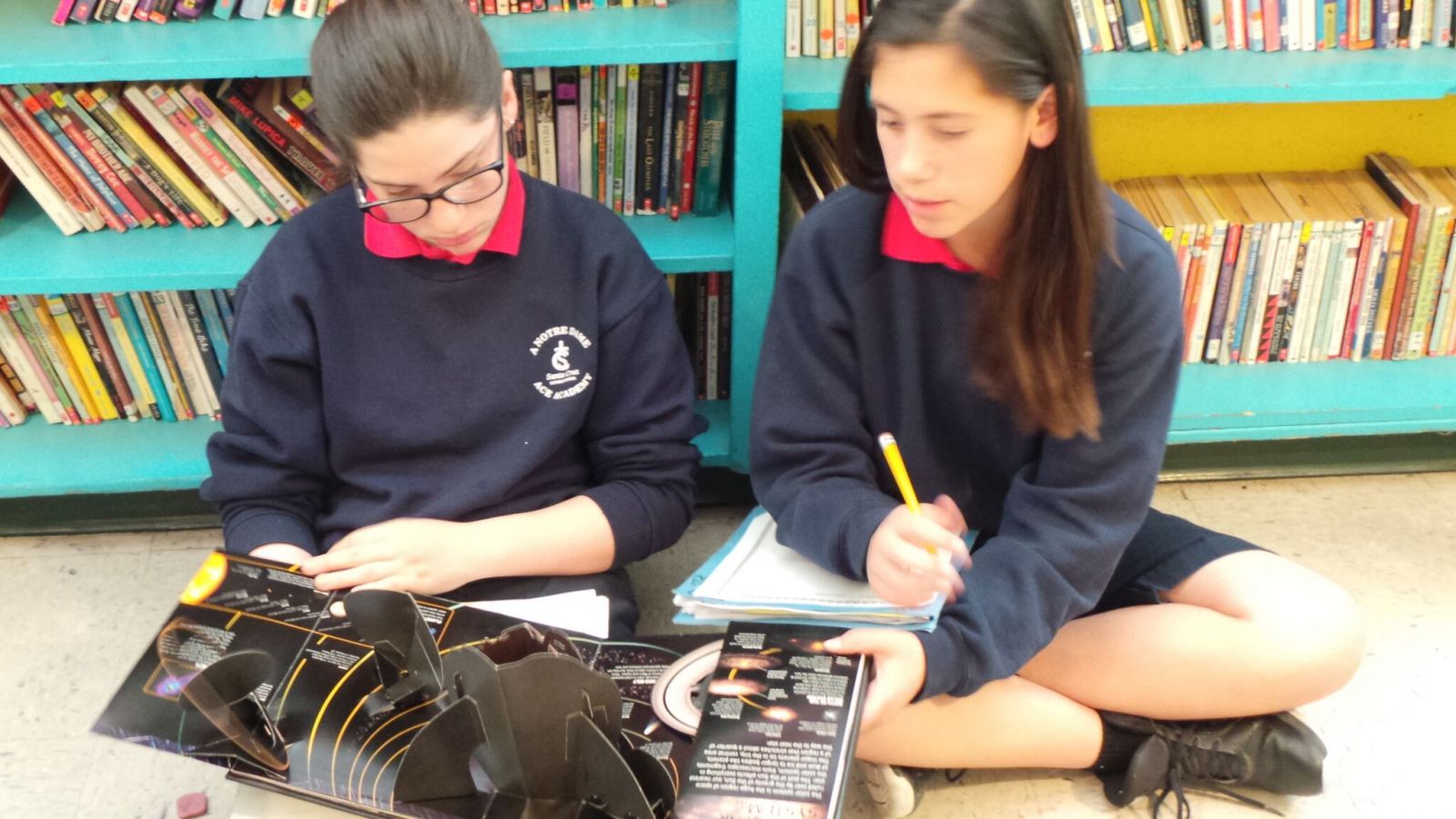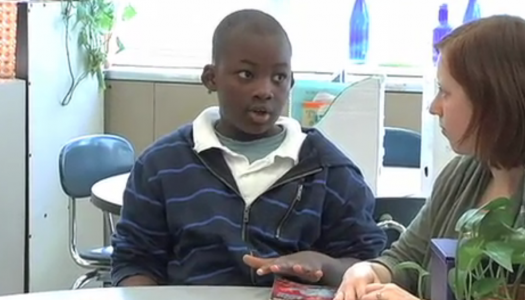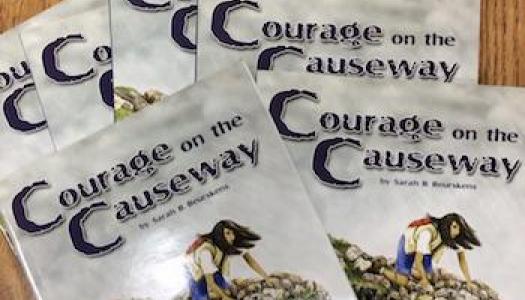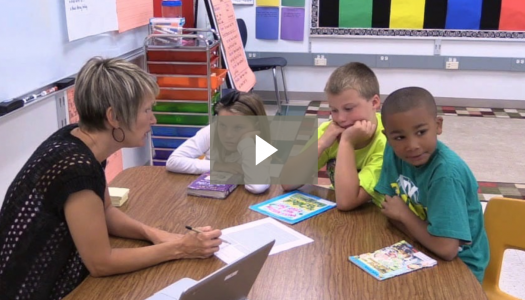Book Club Ideas
Join Our Community
Access this resource now. Get up to three resources every month for free.
Choose from thousands of articles, lessons, guides, videos, and printables.
Books . . . They are so much fun to read, and even more fun to talk about! One of the best ways to help children experience the magic of reading is by discussing a book. There is something special about the camaraderie that stems from that shared experience. Although it is certainly true that not all readers share the same types of good-fit books, there are ways for them to participate in the enjoyment of a shared text featured in a book club. Consider if some of these ways might work for your class.
- Buddy Book Club: In a buddy book club, the teacher features an assortment of texts and offers a brief book talk about each. Then two or three students can sign up to listen to the read-aloud of their selected book. The readers are students from a higher grade who practice reading the book and share it with book club members later in the week. By reading the text aloud, the older student, or buddy, makes the text accessible to the younger students, who can then understand it better and enjoy it more. After the read-aloud, the buddy engages the younger students in a brief discussion of the book. The discussion questions can be provided by the teacher or, better yet, created by the buddy.
- Listening Center Book Club: Teachers who want children to participate in a book club that centers on the same text can turn to the books available during Listen to Reading. Children who enjoy listening to books on tape can participate in a book club that features one of the texts offered. The discussion questions can be prepared by the teacher or a classroom volunteer and also be made available on tape so that the book club can literally run itself.
- Multilevel Book Club: Recognizing the need to differentiate for readers, some children’s publishers are now offering books that look the same at first glance; they have the same covers, photographs, illustrations, and so on, but the text is written at different levels to meet the needs of varied readers in a class. These types of books would be perfect for a book club because they allow all members to have a similar good-fit text.
- No-Words Book Club: Children’s picture books are filled with beautiful images, and most students enjoy looking at them. Wordless books take away the need to decode, and offer children valuable opportunities to discuss the message that the author is trying to convey to readers. For a no-words book club, the teacher can assemble many offerings and allow children to choose the one that they want to discuss. In preparation for this kind of book club, children can study the pictures and list a few questions about them.
- Read-Aloud of the Week Book Club: Most classroom teachers share several read-alouds each week with students. These texts could be featured in a weekly book club that all students can participate in. Since all students have heard the texts, they should be able to discuss the one of their choice. At the end of the week, the teacher can invite students to sign up for the book club they want to join based on their favorite read-aloud. Children can also contribute a few discussion questions for their group’s meeting.








